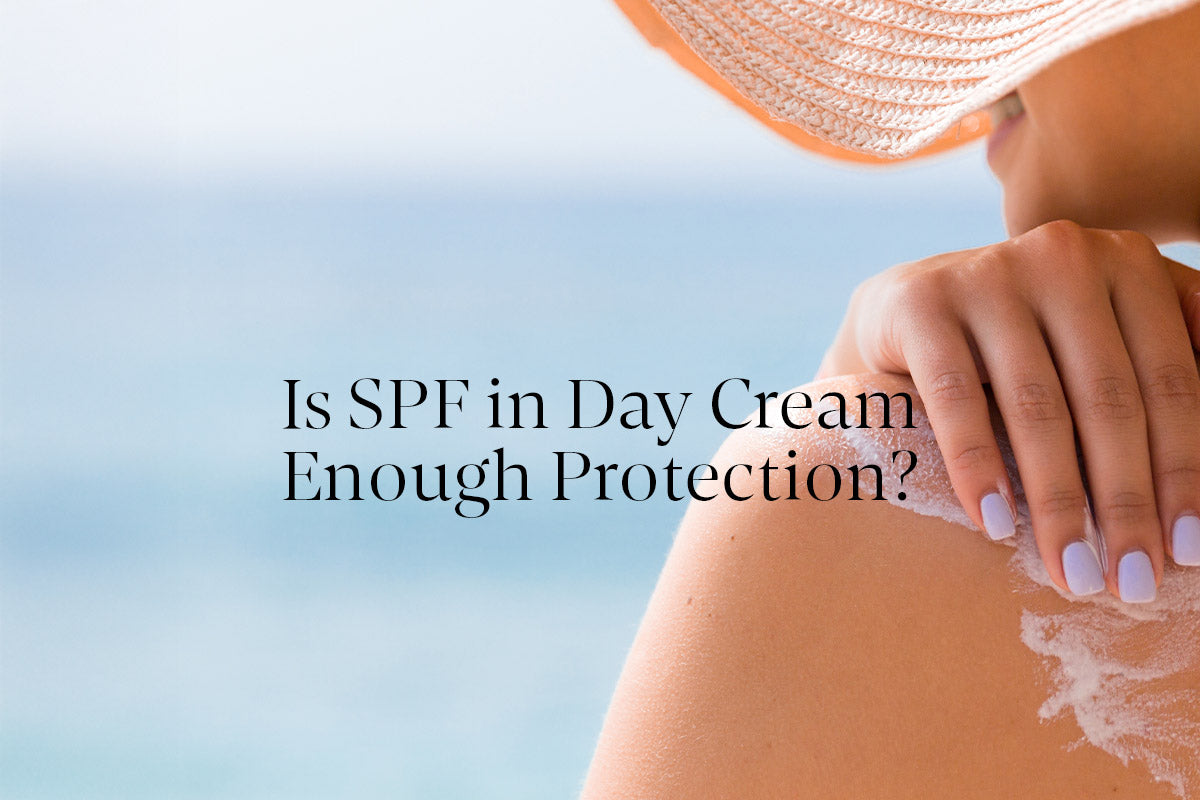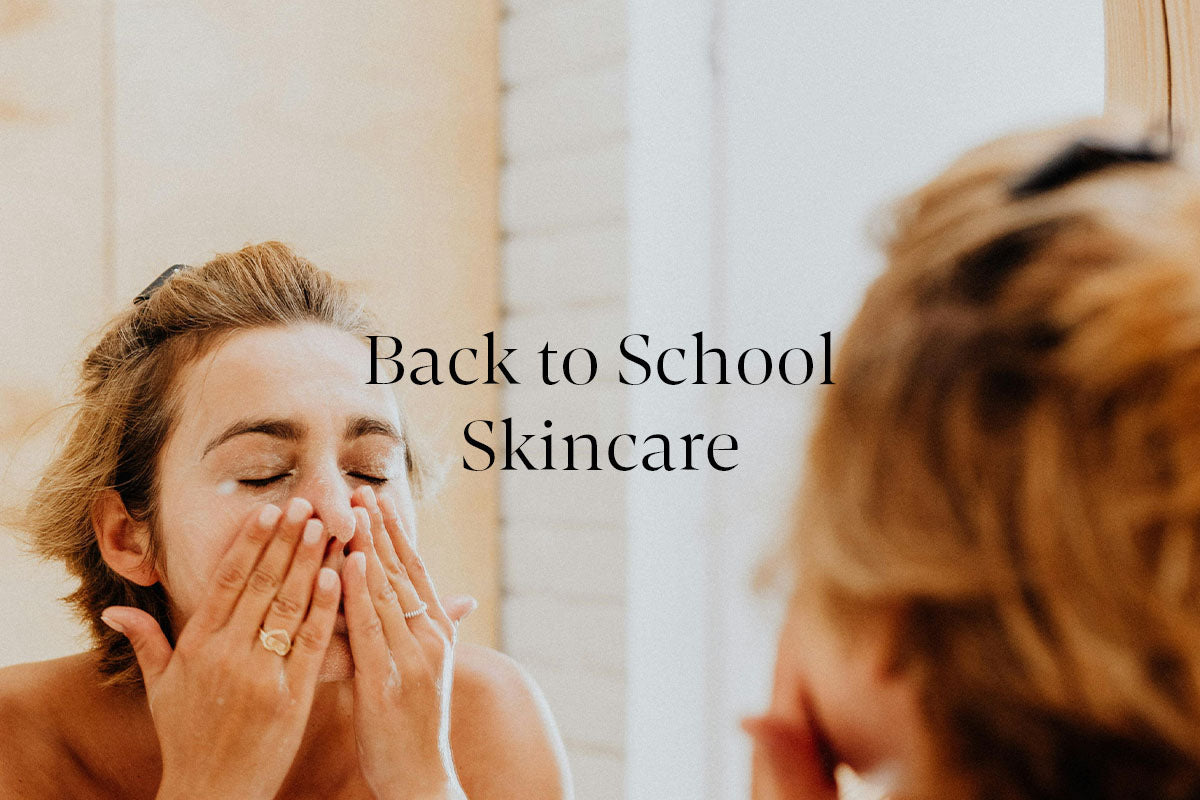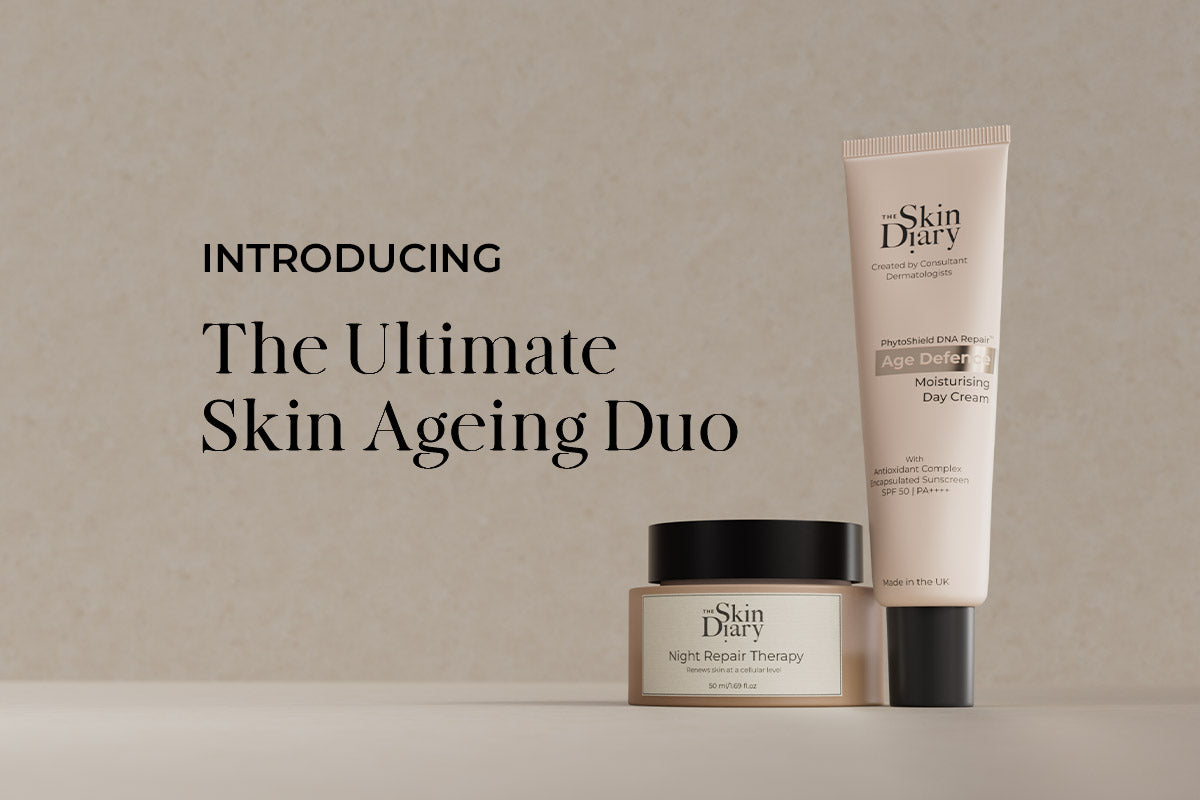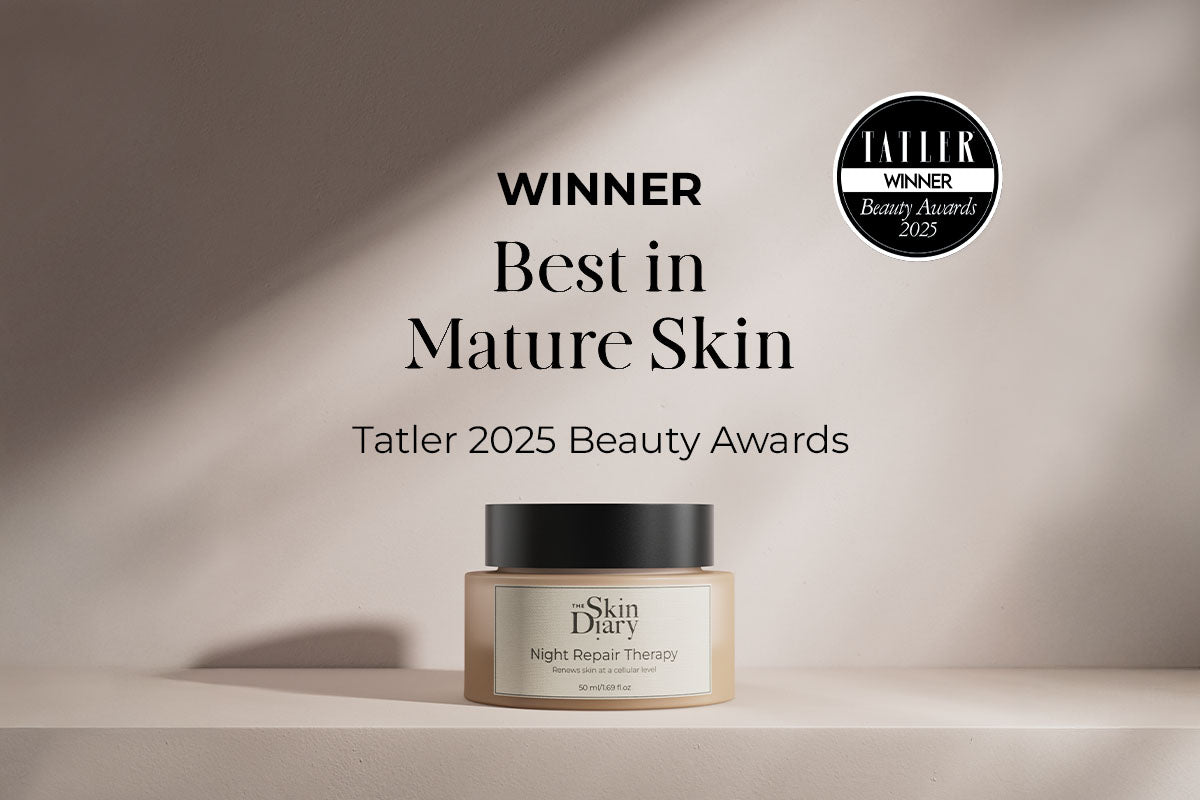As dermatologists, we get asked the question “is SPF in moisturiser enough?” frequently.
The long answer is… a little more complicated. The short answer is that SPF in moisturiser is fantastic, but there are a few things you need to get right with application. To understand fully, here’s our checklist to ensure your moisturiser is providing sufficient protection.
1. What does sun protection factor (SPF) mean?
First of all, any product which has ‘SPF’ on it has gone through the same kind of testing, which is internationally standardised. Essentially, a set quantity of product is placed in testing areas on a human volunteer’s back. These areas are then irradiated with a ‘solar simulator’ machine which emits UV rays at increasing doses. The SPF is calculated by assessing the extent by which the product was able to prevent reddening of the skin. Reddening, or burning of the skin, is induced by UVB rays, which means that SPF is a good measure of UVB protection by a product.

2. Are you using a high Sun Protection Factor (SPF)
First, take a look at your day cream and assess what the SPF rating is. The higher the SPF, the more effective it is at providing protection. Generally it is agreed that using SPF30 or higher gives adequate protection. Many moisturisers advertise containing sun protection but have a rating of 10-15, which doesn’t cut it. There is a slightly complicated reason for this; SPF is determined when the product is used at a set quantity (2mg/cm2), which is a lot of product! We know from research studies that people use much less than this, which means that SPF10-15 products could be providing negligible SPF protection.
3. Does your day cream contain ‘broad-spectrum’ protection?
The other important aspect to consider is whether the moisturiser contains ‘broad-spectrum’ protection. This means that the day cream protects against UVA rays, too. UVA rays are pesky (being able to penetrate clouds and windows) with exposure causing premature ageing and pigmentation. You’ll see the moisturiser listed as having ‘broad-spectrum’ protection on the packaging.
There is no international standardised UVA test, which is why there are different types of UVA indicators on sunscreens or moisturiser packages.
4. Are you applying enough sunscreen?
One of the biggest user errors that occurs with sunscreen is that many people don’t apply enough of it. ‘A little goes a long way’ isn't a good thing when it comes to sun protection — less product means less protection, so slap that SPF on. Often forgotten areas include the eyelids, ears and neck. Now, there’s no definite amount you should be applying because it depends on a few things, including the size of your face. The correct amount is 2mg/cm2 but that’s difficult to determine when you’re rushing out the door in the morning. So, a good rule of thumb is 2 finger lengths, or ¼ teaspoon for the face.
Encapsulated sunscreen formulas in moisturisers are fantastic for ensuring adequate coverage, as it prevents something called flocculation, which is essentially when particles clump together. This can result in some areas of the face not having enough protection.
5. Are you reapplying throughout the day?
It’s not often that we reapply our moisturiser throughout the day, but reapplying sun protective skincare products is important to ensure protection is maintained throughout the day. Products can lose effectiveness due to disruption of the sunscreen film (wiping it off, sitting etc.) Photodegradation of sunscreen filters can also theoretically occur, but modern formulations are usually able to overcome this issue. Reapplication is less important if you are indoors, not being active and there is limited UV exposure. If you are being exposed to high amounts of UV, and likely to sweat / rub your skin then it is much more important.
The Skin Diary dermatologists like to use the concept of daily sunscreen and performance sunscreen. Performance sunscreen is more of your dedicated, hardcore formulas created for things like sports and holidays. Daily sunscreens are our day-to-day in the UK formulas, which can be more skincare-like sunscreens.
Best to reapply with a cream where you can easily get the right quantity of product and therefore protection on skin. However, if this is impractical then sprays / sticks can be used but they are usually less effective.
Reapplication rules often depending on the UV index and your activities. For example, if you’re in a hot country, reading in the sunshine (which we don’t recommend, particularly at peak hours of sunlight), you need to reapply your SPF moisturiser diligently, which means far more frequently than if you’re indoor in the dead of dreary winter. Use a cream-based formula to reapply regularly, particularly if you’re sweating or swimming.
You can also use an aerosol and mist formula in addition to your cream-based product to top-up throughout the day, mists are well-liked as they can be applied over makeup (although, it’s important to make sure there’s enough applied to get recommended protection). Solid formulas like sun sticks are also great for outdoor activities.
Is sunscreen and moisturiser containing SPF tested the same?
Yes. Technically, moisturisers/ day creams and sunscreens are tested with the same protocols. However, user behaviour with the two isn’t always the same, which is why there’s confusion on the topic. People generally apply a lot less day moisturiser than they do sunscreen which can mean you’re not getting the correct protection from the day cream.
In addition, some moisturisers don’t form as even a layer on the skin to provide equal protection across the skin. That’s why formulas with encapsulated technology are brilliant.
Can I rely solely on sunscreen?
Sun protection is a fantastic tool, but it isn’t the only one to ensure sun safety.
1. Exposure to UV is a risk for skin damage.
2. Limiting and mitigating exposure is the most important aspect to reducing this risk.
3. Sun protection strategies should be based around limiting the exposure, with sunscreen being ONE tool in your sun protective arsenal.
Stay in the shade where possible, avoid peak hours in the sun and wear UV protective clothing (particularly when swimming and doing watersports).
Unfortunately, sunscreen alone is rarely an effective strategy with studies showing that people who use sunscreen are still getting burnt. This isn’t because sunscreens don’t work, but because they aren't being used properly (e.g. using enough and diligent reapplication) and facilitating more exposure.





